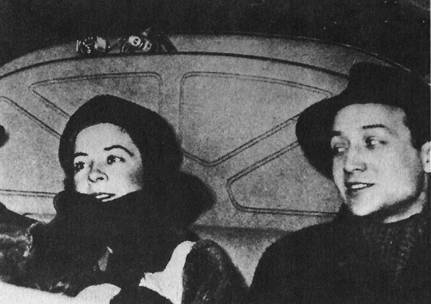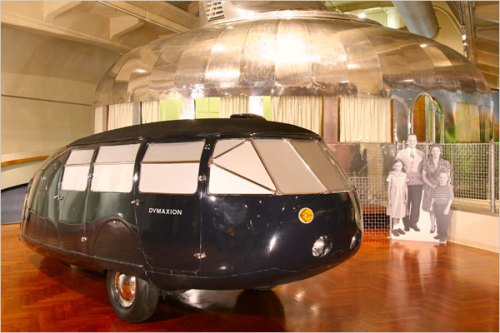John Holland Jenkins (1822-1890) fought for Texas for 30 years. At age 13, he joined General Ed Burleson’s First Regiment in the Texas Revolution of 1836. Once the Mexicans were driven back, Jenkins returned to Bastrop, Texas, where he quickly earned a reputation as an Indian fighter. He became a Texas Ranger and, later, a Confederate soldier.
In later life, Jenkins became an author of an invaluable memoir, Recollections of Early Texas. Read today with 21st Century eyes, Jenkins’ accounts of gritty frontier days may come across to some as politically incorrect, especially in regard to native Americans. When the book was printed in 1958, Texas folklorist J. Frank Dobie wrote a foreword, somewhat predicting a backlash:
“Johnny Jenkins seems to consider it his duty to put down the truth – whether it is complimentary or not.”
Here is Jenkins’ account of an experience with a group of Tonkawa Indians, one of the many tribes of Plains Indians still roaming Texas when the Anglo settlers arrived in the Mid-19th Century. While some historians dispute that the Tonkawas, like the coastal Karankawas, were cannibals, Jenkins does not:
“There was a cowardly tribe among us, the Tonkawas, who were at peace with the whites, but hated all other Indians of every tribe. Only a short time before this, a band of Wacoes had killed five of them while out hunting, and, of course, this increased their hatred toward [the Waco] Indians. Hearing that I had killed one of their enemies [a Waco], they came in a body, thirty of them, and insisted that I should go with them and show them the dead warrior.
As we went, their excitement and speed increased, and every now and then they would trot on faster than ever, while I trotted with them, determined to keep up and see what they intended doing. When they discovered the body, they seemed wild with delight or frenzy. They sprang upon the body, scalped him, cut off both legs at the knees, both hands at the wrists, pulled out his fingernails and toenails, strung them around their necks, and then motioned for me to move aside. Seeing they meant further violence to the body, already horribly mutilated, I demanded why I must move. They said, ‘We must shoot him through the head for good luck….’
I moved aside, and they shot….They then went back to the house and camped, getting me to furnish them some beef. They boiled their beef, and the hands and feet of the dead Waco together…. Upon inquiry, I found they intended having a dance, and would feed their squaws on the hands and feet of the dead Indian, believing that this would make them bring forth brave men who would hate their enemies and be able to endure hardness and face dangers.
They erected a pole, to which they attached the scalp, hands, and feet of the Waco, and then with horrible yells and gestures, all danced around it, while the squaws constantly danced up to the pole and took bites from the hands and feet and then would go back and dance again. They would prolong these dances three, five, and sometimes ten days.”

The Tonkawas had a Plains Indian culture, subsisting mainly on buffalo and small game until the Apaches and Comanches began pushing them from their hunting grounds. The Tonkawas then became a destitute culture, scavenging for food. They befriended the Anglo settlers who came to Central Texas in the mid-19th Century, relying on them for food, supplies, and an alliance against their Indian enemies. The Tonkawas wore little clothing. The women went topless and tattooed themselves extensively. They painted black stripes on their mouths, noses, and backs, and painted concentric circles around their breasts. Painting by the Berlandier Expedition, 1828.
Readers: You might enjoy other frontier tales also on this website. Scroll down the right sidebar to Categories/Frontier Tales. Enjoy!


























